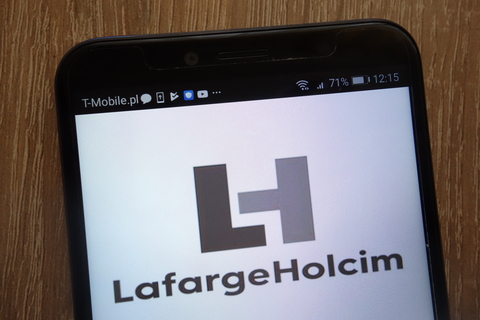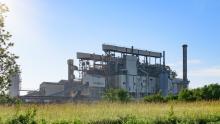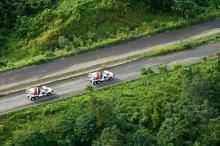
TheDoE's national energy technology laboratory selected the University of Illinois for the funding, which comes in addition to contributions by LafargeHolcim and Air Liquide Engineering & Construction, for research and development to support the front-end engineering design study.
The captured CO2 will be pipeline ready for geological storage. Analysis of the project's socio-economic impact will also be part of the study.
Kevin Obrien, project’s principal investigator at the University of Illinois' prairie research institute, says: “While we have partnered with energy-generation facilities on many of our carbon management projects, carbon from industrial sources is also a key piece of the puzzle. It’s exciting to collaborate with LafargeHolcim in the US to explore the application of this carbon capture technology at a commercial scale, in a way that has the potential for significant impact.”
Derick Dreyer, head of cement industrial performance, North America, says: “This partnership, the second of this nature in the US, is a powerful example of how collaboration across industry, the public sector and academia can advance carbon capture, utilisation and storage projects that are the critical steps to accelerating the transition to a net-zero future.”
The design will utilise Air Liquide’s Crycocap FG system at the Holcim Ste. Genevieve cement plant, which is part of LafargeHolcim US.
LafargeHolcm says the Cryocap FG system combines the pressure swing adsorption capabilities with cryogenic refrigeration technologies to achieve high CO2 capture rates with high CO2 purity rates.
David Maloney, chairman of Air Liquide Engineering & Construction, says: “Air Liquide Engineering & Construction brings to the project, its unique, industry leading experience in CO2 capture and liquefaction technologies as well as operational experience to support the decarbonisation of this sector. We are committed to supporting our customers and making a difference by developing solutions to help them reduce CO2 emissions.”
The scope of work also includes a business case outlining the potential business model for commercial scalability, as well as analyses on environmental justice, economic revitalisation and jobs creation.








